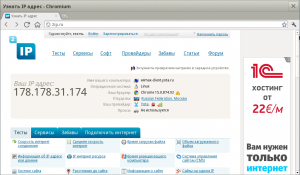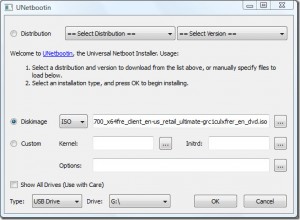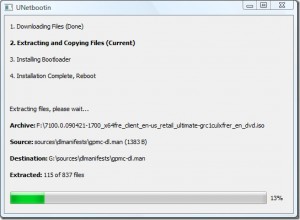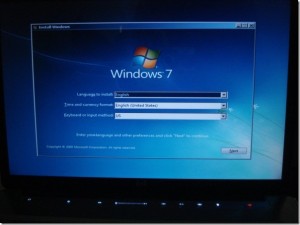OSQA is an opensource Q/A engine. In this article I’ll describe the way I installed it on my VPS.
I like Debian/Ubuntu OS. Debian lacks new packages, that’s why I chose Ubuntu 12.04 LTS.
Act 1. Lighttpd
I had Lighttpd installed on my machine, so firstly I tried to install OSQA on Lighttpd. Googling around I found that running OSQA in fcgi mode is not OK (when you have a VPS). WSGI is the right way. Unfortunately, Lighttpd’s WSGI is very unstable, experimental and unsupported. That’s why I decided to move to nginx.
Act 2. nginx
Django projects are great with pure WSGI servers. So I decided to install nginx with WSGI server (uWSGI, GUnicorn, etc.). Spending 3 days, writing LOTS of site blocks, tuning nginx, messing around with various WSGI servers, I finally switched to Apache.
Act 3. Apache
My Apache/Ubuntu way was as described in article on meta.osqa.com. After doing the steps I received 500 errors as well as this:
Middleware module "django.middleware.csrf" does not
define a "CsrfResponseMiddleware" class
OSQA is not compatible with Django 1.4.0, but works OK in 1.3.1. Check your version:
python
>>> import django
>>> django.VERSION
If necessary install 1.3.1:
sudo easy_install django==1.3.1
P.S.
In my spare time I’ll continue playing with nginx + uWSGI (or gunicorn), I think it’s the best way of running OSQA.



